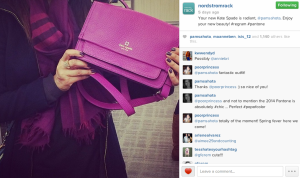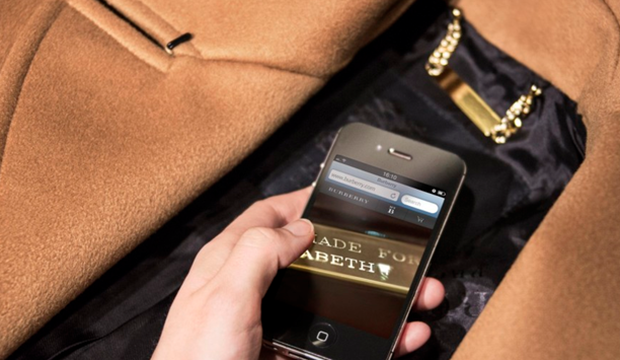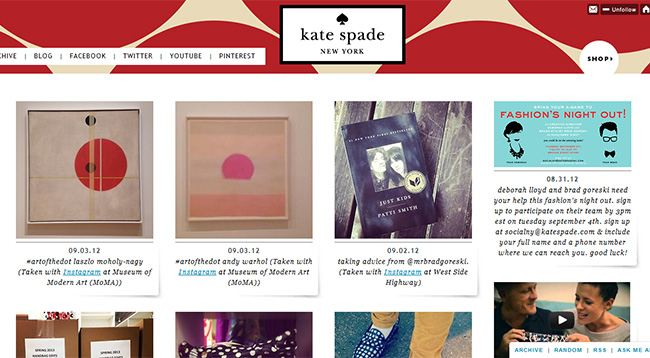As digital marketers, we are constantly launching and shipping. We want to get our brands on the top of their game. We want to launch fast and we want to launch something that will make a splash.
Here’s the thing – we sometimes forget or lose sight of the time and effort it will actually take. Launching something – especially a new site, takes way more time than you initially may consider or plan for. So instead of kicking yourself, here are a few things to keep in mind when you are doing your next big launch (such as a website):
- Do extra research – A lot of times when we have an idea, someone else has it too. Make sure your idea isn’t already taken. And if it is, that’s ok. Maybe your idea has a new spin or an advantage the previous one hasn’t considered. Make sure yours stands out. When I had my new recent idea, I searched and searched for similar sites. I didn’t want to come across as just another inspiration site. It had to be unique.
- Ask people for their opinions – When I was designing my new site, I had to consider the look, the logo, and the name. I had a friend design my logo and luckily my partner and I had similar taste so we didn’t go through many reviews. However, we needed outside opinions too. For example, when we came up with the brand name, we wanted to ensure it resonated with our audience. We polled a large group of friends who would be un-biased…”Did they think it meant the same thing we did?” Thankfully, yes.
- Plan buffer time – So, our site launch was supposed to be in September. It launched in January. Four months later. Why? Because our site took longer to build than we expected, we had hosting issues, and came across little things we didn’t “plan” to crop up. We didn’t add cushion time. So instead of fretting (or fretting too much) we changed our launch date and moved to a different wordpress web hosting company. We wanted it to be a time when the site would resonate and make more of a splash. The New Year was the new plan.
- QA and QA some more – This is one thing I let slip from my mind. If it looked good on my browser and my phone it must look great everywhere, right? Nope. Check every browser – even (gulp) Internet Explorer. Check multiple devices and types of devices. And do it more than once.
- Make a promotion plan – You did all that work, so you should promote it too! It’s one thing to go live, it’s another to go live with a bang or two. Depending on the type of brand and launch you should consider the following:
- Email your contacts
- Post it on your social channels (and personal channels if you can)
- Do a blogger or influencer outreach prior to launch for extra eyeballs
- Ask friends to share
In addition, plan to promote for more than one day or two. Promote every day during your launch week. Why let the buzz sizzle after a day, when you can keep the party going?
And…speaking of launches, I’m pretty proud to announce my new site – Radiate Daily. What is it? It’s not just another blog. Radiate Daily is an opportunity for women (and men) to harness their confidence around personal style, health, fitness, and in turn their daily lives. Personal style is something that we all have, but sometimes takes longer to be comfortable with. As the saying goes, “Fashion fades, style is eternal,” and Radiate Daily is here to help everyone be more confident with their own. Come check it out, and share your story! #radiatedialy
Image source: grumpy cat
This post was originally written for: https://marketingontherocks.com/

















